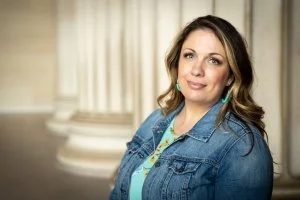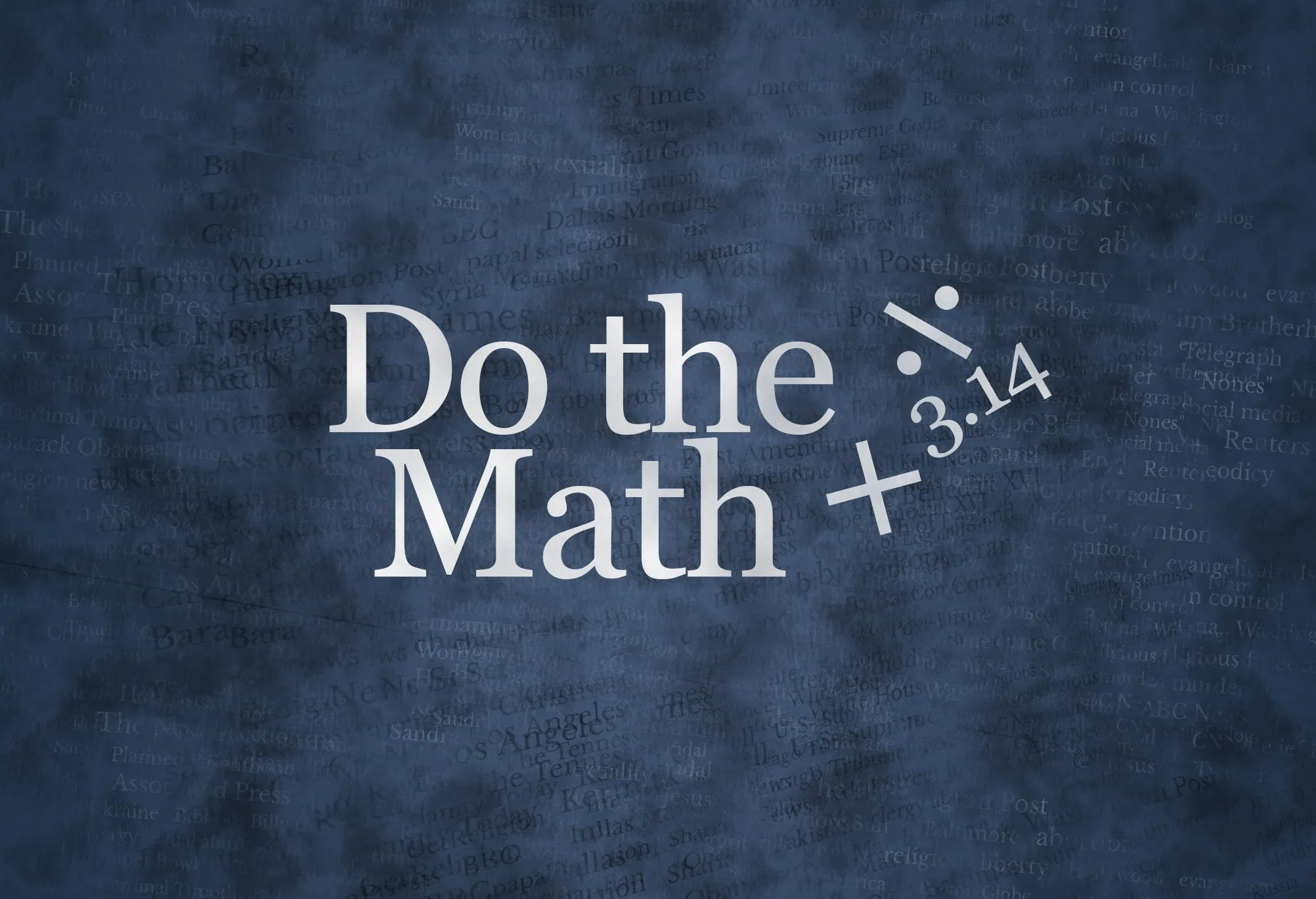Yes, this is another post about my new essay at the Religion & Liberty journal published by the Acton Institute. The headline: “The Evolving Religion of Journalism.”
Part of me wants to apologize for yet another GetReligion look at this topic. But I’m not going to do that, for at least three reasons.
(1) For me, it’s most important thing I’ve written about journalism since my 1983 essay for The Quill — “The religion beat: Out of the ghetto, into the mainsheets,” which helped spark a national debate about religion-news coverage, including a Los Angeles Times series by the late, great media-beat specialist David Shaw.
(2) It demonstrates (think “technology shapes content”) that Internet culture and commerce have either killed the American Model of the Press or are poised to do so. That’s hard for me to say, since I have spent my career defending old-school American journalism from enemies on the right and, now, the illiberal left.
(3) The Acton piece (there’s no way we could have planned this) came out just as several other important articles raised similar issues about journalism’s future and the role of niche/advocacy journalism in splintering American public discourse.
Such as? Click here for a recent GetReligion podcast-post that includes discussion of “Newsrooms that move beyond ‘objectivity’ can build trust,” by former Washington Post editor Leonard Downie, Jr. Also, see this new Bret Stephens op-ed in the New York Times: “How to Destroy (What’s Left of) the Mainstream Media’s Credibility.”
As a result, GetReligion readers will not be surprised that this week’s “Crossroads” podcast focused on these themes (CLICK HERE to tune that in).
The key: My essay is not another hot-take on media bias and religion-news coverage.










